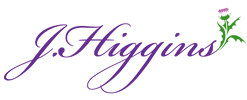How Should I Wear my Kilt Outfit?
Posted by Griffin Hall on 7th Nov 2019
Many people who purchase their outfit and accessories for the first time are not aware of how to properly wear them. Anyone is capable of looking smartly presented in a kilted outfit. Here are some tips as to how your clothes should wear.
The Kilt:
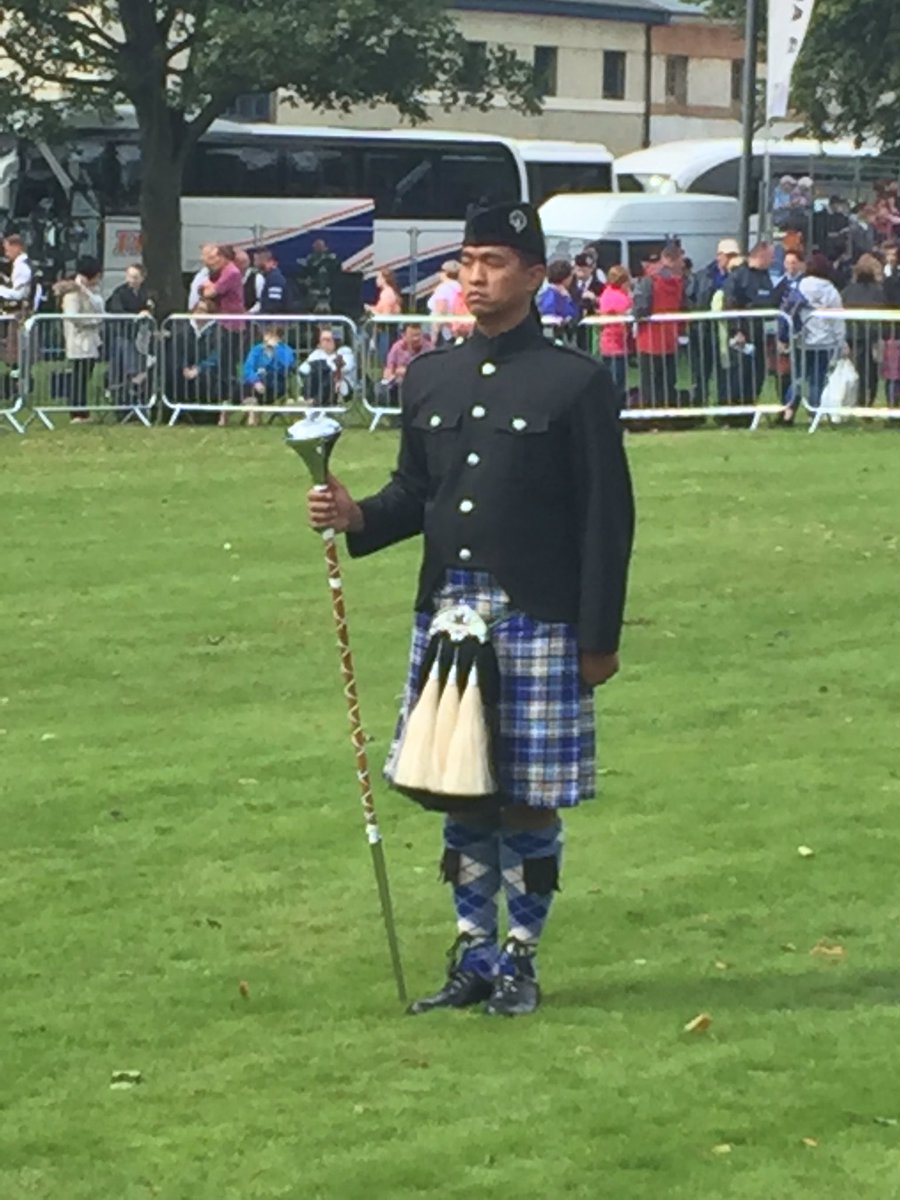
The main event and the most important part of the outfit. The kilt should be comfortable to wear. The top can sit anywhere that'd be best suited for you but no higher than the ribcage and no lower than your pants waist. If measured correctly, your kilt should fit across your middle (belly button/navel area) snugly with the bottom of the tartan laying at the top of your knee bone. Pipers especially will not want their kilts too tight as their stomach will push the top of the kilt away from their bodies with every breath. Kilts should have knees showing in between the hose and the bottom of the kilt. If there are no knees showing this will make your outfit look sloppy and ill-fitting. The front apron of the kilt should be flat and streamline. If your kilt is gathered up in a bunch just above the sporran, this means that there is too much tartan in the front apron and the kilt straps need to be tighter. If the kilt begins bowing underneath the sporran then the kilt is sitting too high on the body and needs to be pulled down. A kilt should also be free of any wrinkles. You should always store your kilt on a hanger with pant clips so the pleats won't get wrinkled. Hanging garment bags are also great for storing multiple kilts.
Take a look at our other blog about "Caring for your J. Higgins Kilt": https://www.jhiggins.net/blog/caring-for-your-j-higgins-kilt/

The Sporran:
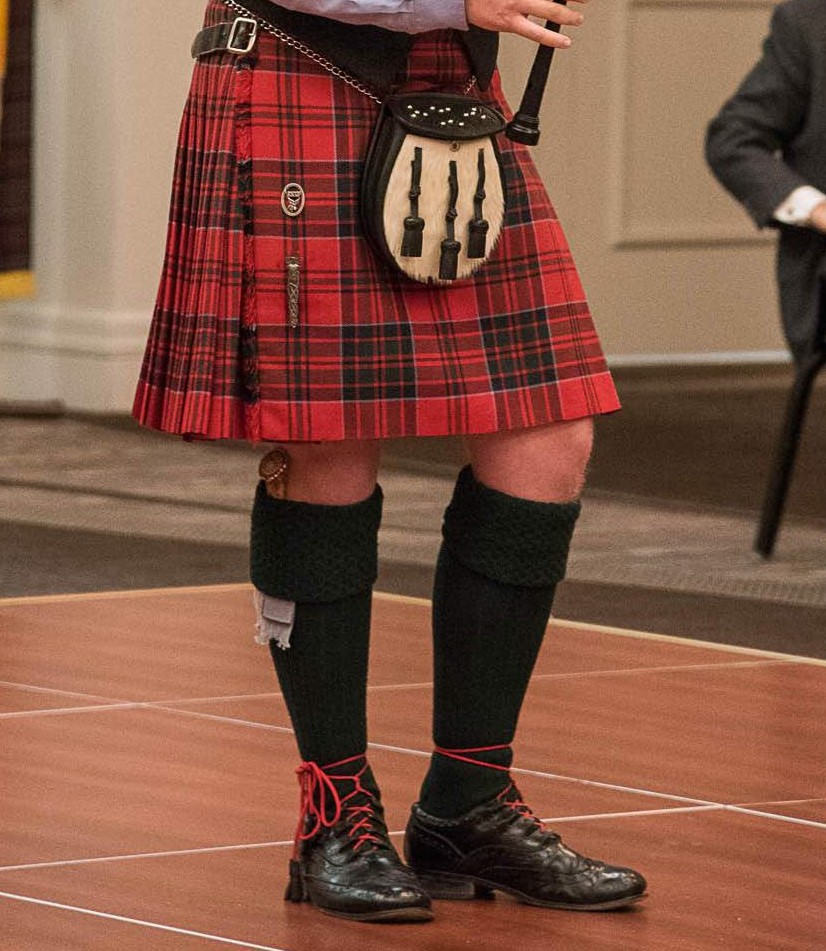
The centerpiece of your centerpiece. Many people will tell you that the top of your sporran should fit the width of your hand from the top of your kilt. The issue with this is that this measurement only works with shorter body types and doesn't allow room for a waist belt. You'll always want the sporran to sit in the middle of your kilt, not touching your waistcoat or jacket in the process. If wearing only a belt, or only a jacket, then the height of the sporran needs to change to accommodate. Your sporran should also sit in the middle of the kilt's front apron, not tilted to the side or hanging sloppily. Take extra care to ensure the chain or strap is not twisted around either. Your kilt may have belt loops on the backside which are made to help hold the sporran up. Pipe band drummers will sometimes wear their sporrans on the hip as the drum sits where the sporran should. However when not carrying the drum, the sporran should return to its normal place. You can always adjust where the sporran sits by shortening or lengthening the strap. Smaller measurements might need to add extra holes in the leather or remove lengths of the chain. Military or horsehair sporrans should always sit level with the bottom of the kilt.
Kilt Pin:
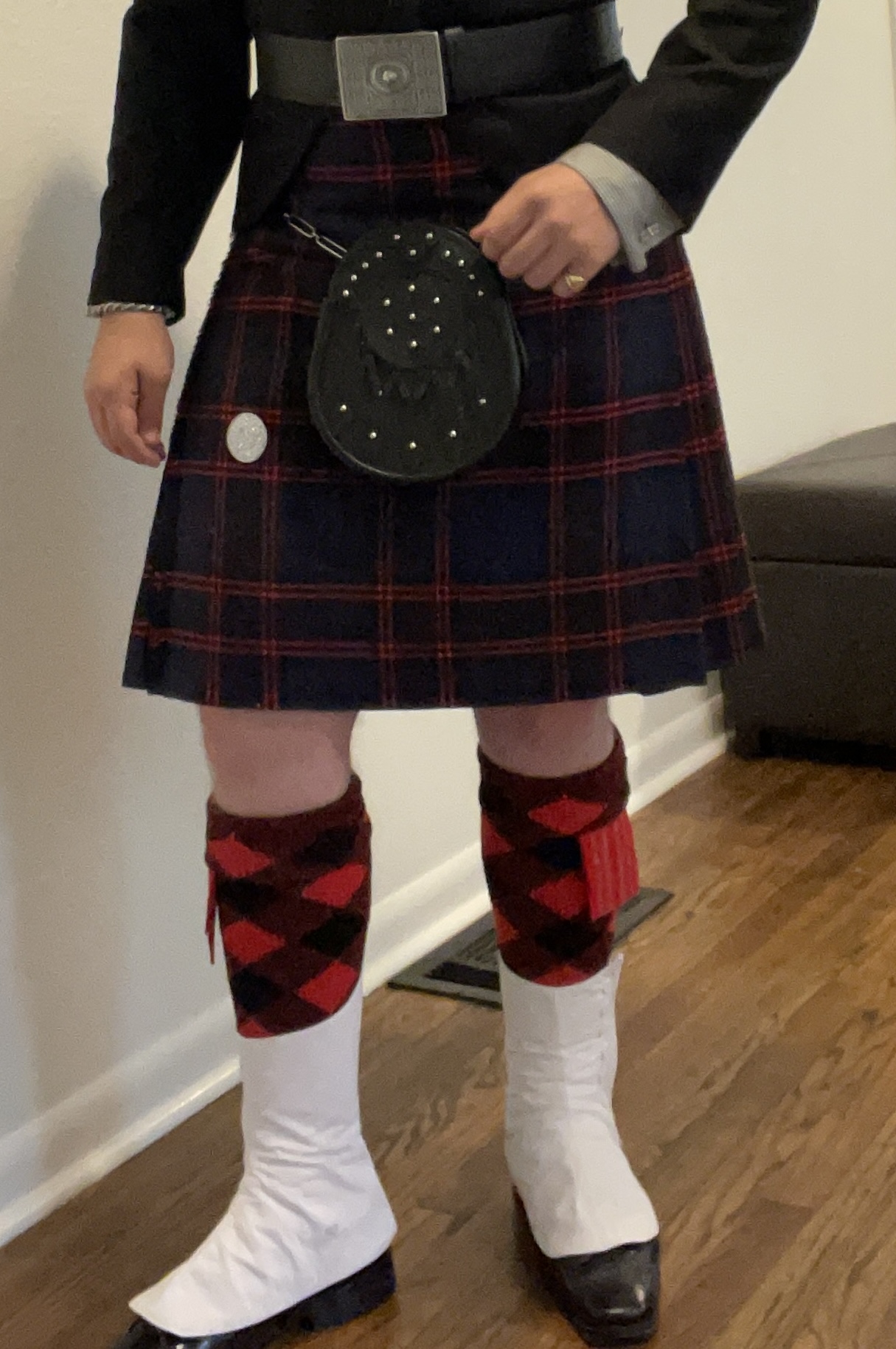
The kilt pin is another attractive part of your outfit. Many will say that the function of the kilt pin is to hold down the front apron of the kilt. While it'll certainly help with this, its function is rather more of a decorative piece. Don't push the pin into the 2nd apron as this won't allow the kilt to move when you walk. Your pin should only have 1 layer of tartan to cling to. The pin should sit on the right side of the wearer and only an inch or so from the edge of the fringe. The kilt pin should always sit just under level with the middle of the sporran and shouldn't sit too high or too low on the kilt. Try to make sure the pin is centered in the pattern of the tartan. Secondary pins aren't common but can be worn above the first pin. Kilt ribbons can also be worn both above and below the singular pin. These are either made of the matching tartan in your kilt or a singular color from a stripe in the pattern. Having uniform kilt pins at the same height in a band is a very sharp and impressive look.
Kilt Hose, Sgian Dubh, and Flashes:
Kilt hose are a must when wearing a kilt. Normal dress socks just won't substitute a pair of fine hose. Depending on the style, you'll either be folding your hose down once or twice to get the length correct. The hose should sit just below your knee bone allowing the kilt and socks to show the wearer's knees in between. Many hose styles like our "Piper's Hose" have a thicker cuff on the socks which is folded twice, while our "Solid Knit" hose are have a thinner cuff and are only folded down once. Make sure that both socks are folded evenly on your legs so their height matches. A sgian dubh is a decorative knife that rests in the sock of the wearer. You wear it based on whichever is your dominant side (left or right handed). The handle should be pushed down just enough to see the decorative stone or engraving. Your flashes should sit directly underneath the cuff of the hose and lay flat against the side of your calf. If your flashes have a loop in them, you'll want to have a small bit of the loop showing evenly on both strips. Make sure none of the elastic is peeking out from under the hose and that the flashes remain level on both legs. I find it best to store the flashes laying flat to protect them from wrinkles.
Ghillie Brogues, Spats, and Laces:
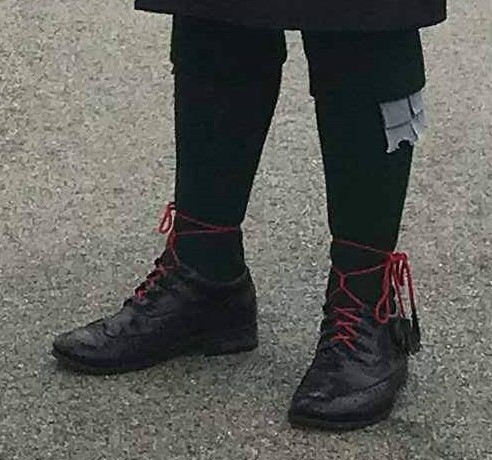
The footwear of a kilt outfit is very important both to the functionality and elegance of the uniform. The ghillie brogue shoe wears just like a normal dress shoe. Just order your American size & we will ship the British equivalent. (i.e. if you order an American 10 we will send a size 9). An occasional polish on the leather of your shoes will look very smart at any event. As for the ghillie laces, there are a few different ways of tying them, but here is my preference:
With the shoe on, hold both laces in your hands.
Twist the laces together 4 times and then take the laces around the back and to the front again.
You can either finish the double knot on the front of your leg or to the side underneath your flashes.
Once finished, you should have a triangle shape on the front of your sock with the finished knot hanging above it.
Sometimes the laces will break or the tassels might fall off. This can happen with any well used pair of shoes. We offer both replacement laces and tassels for ghillie brogues.
Spats are a lovely addition to a military doublet or even a Class A shirt with epaulettes. They can be worn either with ghillie brogues, a high gloss shoe, or any black dress shoe. They're designed to be form fitting as they curve and bend with the shape of your calf. Make sure to take your measurements properly to get the best fit and shape possible.
Kilt Belts:
There is a general rule that exists for a kilt belt: If you're wearing one to prevent the kilt from falling down, you need a better fitting kilt. Waistbelts are purely decorative, unless worn with a doublet to sport a dirk (large knife with a sheath). These belts are typically wider than most other belts ranging from 2 to 3 inches. The various styles are made of different leather and buckle combinations that are usually best suited to match your other leather items (sporran, brogues etc.). Some kilts have belt loops on the backside meant for the sporran strap, but usually accommodate the waistbelt too, if you desire. Another general rule is that you do not wear a waistbelt with a waistcoat. Either one or the other, but never both at the same time. It is quite popular to wear a waistbelt and jacket, or simply just the waistbelt with a nicely pressed shirt is great for a daywear outfit when the weather is hot outside.
Waistcoats, Shirts, and Jackets:
These articles of the kilt ensemble are fairly straight forward. The most important thing with these pieces of clothing is that they fit perfectly. You definitely don't want the vest or waistcoat to be too short allowing the shirt to peek out from in-between. You also want your sleeve of your jacket to fit perfectly at the wrist (exposing a little of the shirt cuff). Since Prince Charlie jackets do not button in the front, these are easier to fit around the middle. The jacket and vest should fit snugly and comfortably allowing you a full range of motion in your upper body. These articles of clothing are easier to alter and make repairs on, so don't hesitate to make your garments fit just a little better. Dress shirts of any kind should be cleaned and ironed regularly. Whether it is a band, tuxedo or military shirt, the material must be well maintained and spotless to ensure a sleek look. All of these should be stored on a hanger and not folded in a drawer. Pocket watches, lapel pins, and French cuffs all help to elevate the look.
Neckties:
Again, fairly straightforward. Long neckties are always tucked into the kilt due to the higher waist. You can have a bit of freedom with these in their design as well as how they're worn. Most anything goes from matching tartan to a solid color as long as it compliments your kilt. A tie tack or tie bar lifts the look incredibly well. Bow ties can be worn for formal occasions, usually with a Prince Charlie jacket and vest.
Glengarry or Balmoral Hats:
The cap of the kilt outfit is an important article in the ensemble. These are military-style hats that allow for a smart and clean look on the head of the wearer. Both of these hats are made of wool which will need to be cleaned regularly, especially black wool.
Glengarries should sit on the head comfortably, but not so big that they fall down. A glengarry that is too small will expose too much of the wearer's head and easily fall off. After putting on the glengarry, tilt the left side of the hat up with about one finger's width above the eyebrow. This gives a very stylish angle to the hat and keeps the side with the cap badge from sliding down.
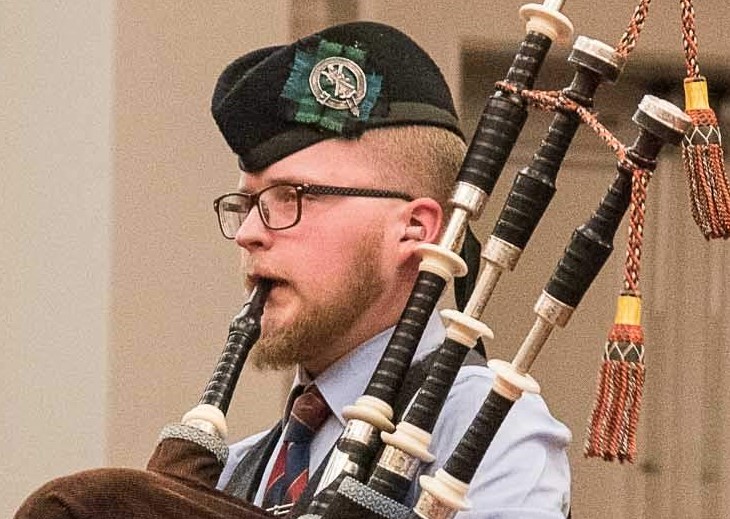
Balmorals are more of a Beret-style hat that should fit snugly around your head. Align the ribbons in the back with the middle of your neck and position the hat about one finger's width above the eyebrows. You can tie these ribbons in a bow, but it depends on your personal preference. Just be sure that the right side of the hat is pulled down so the cap badge is fully visible. It should lay nicely down the right side of your head.
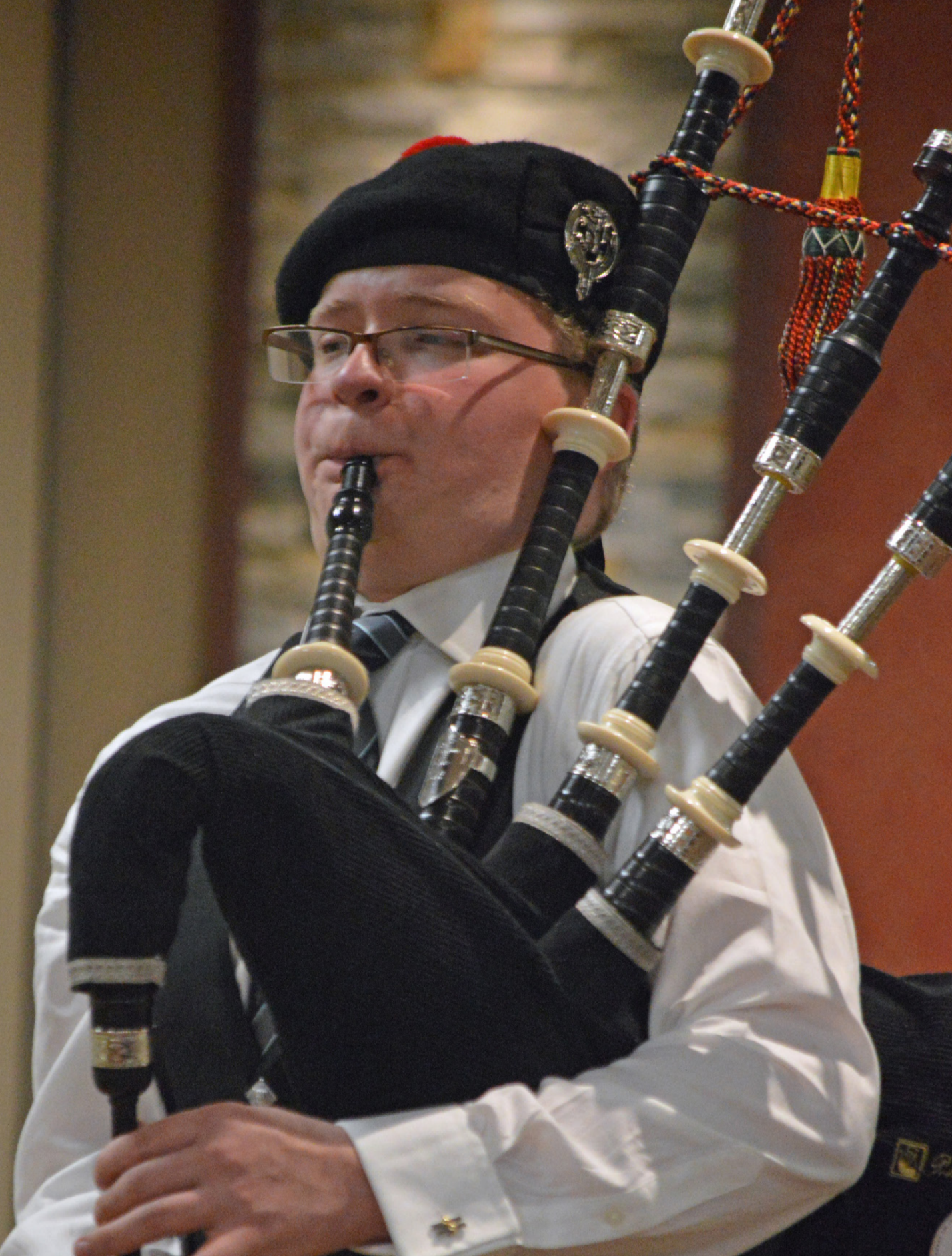
Final Words:
Arriving dressed in a kilt outfit for your next event will immediately put the focus on you. You'll always want to be sure that you look your best in clothes that fit you and highlight your features. Anyone is capable of properly wearing a kilt uniform and holding the tradition to a high standard. Wearing these garments properly makes you look good and gives a good name to the art of highland dress. At J. Higgins, we are proud to offer you everything need to look smart in a kilted uniform.
We encourage anyone who is uncertain about measurements to take advantage of our free kilt measurement video service when they order. You can skype or zoom with us and we'll show you how to properly measure yourself for a kilt. Check it out here: https://www.jhiggins.net/try-our-new-kilt-measurement-video-chat-service/

Feel free to get in touch with us about any questions or comments!
- Call us on 800-426-7268
- Email us at: admin@jhiggins.net
